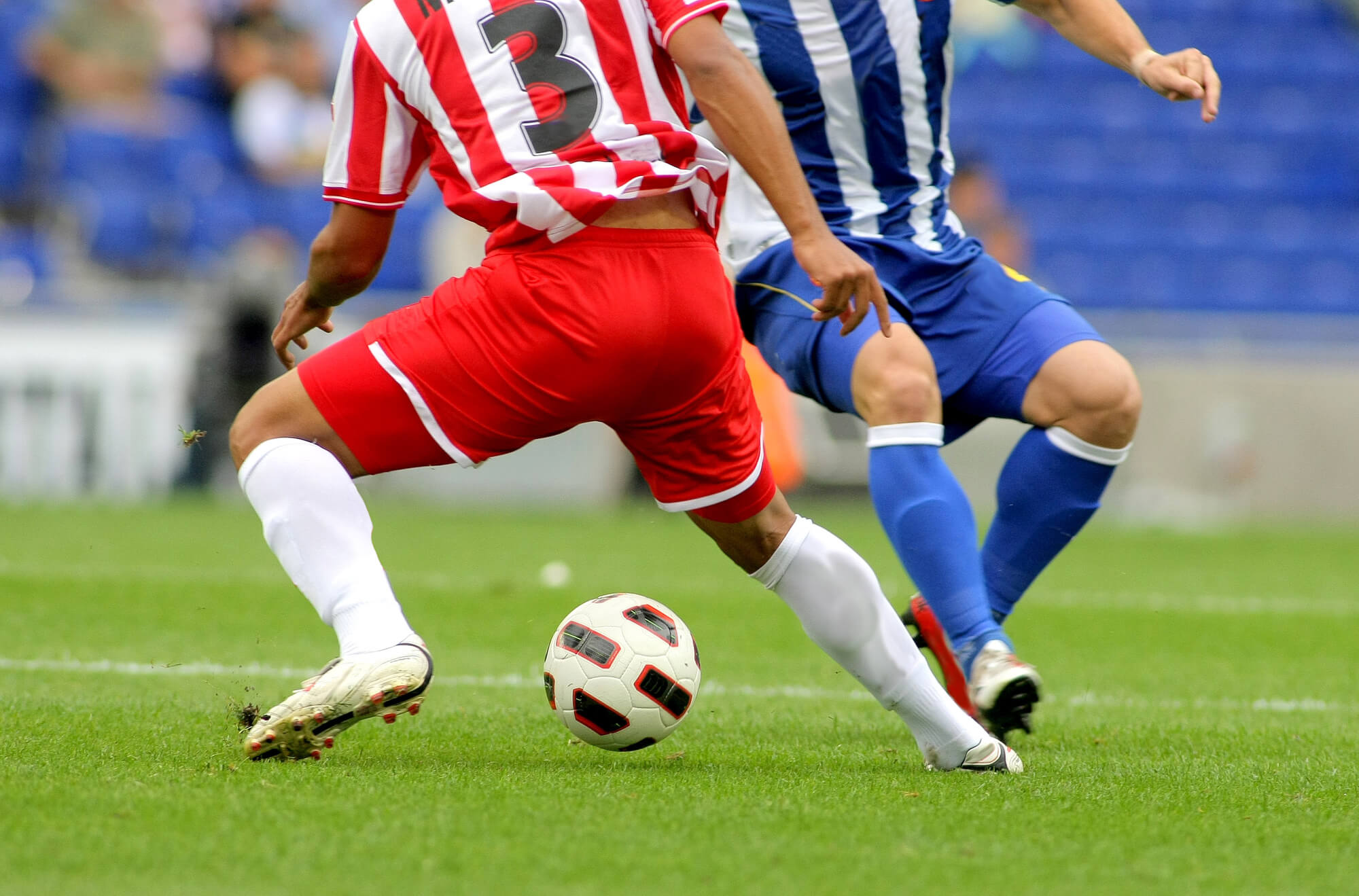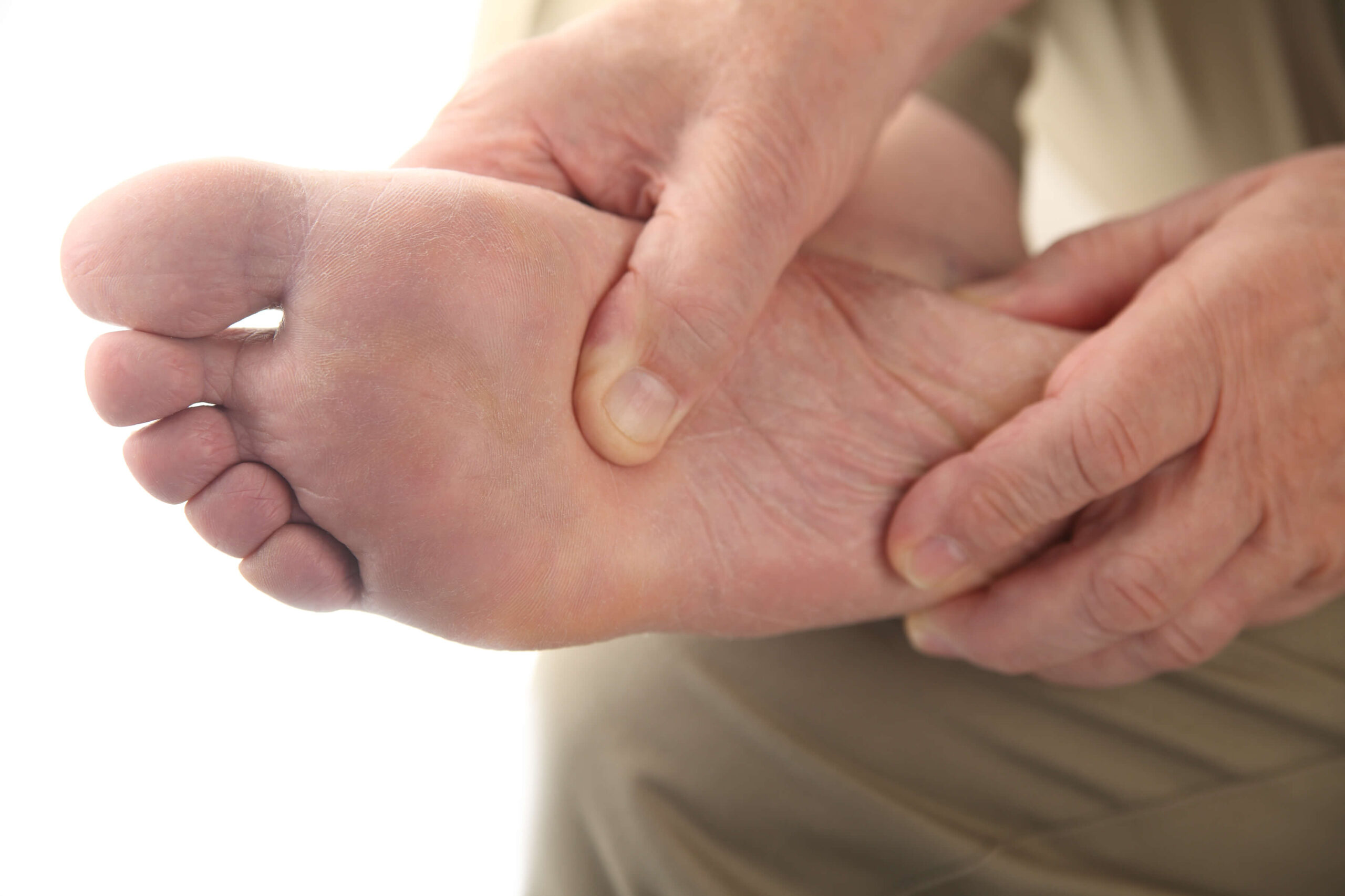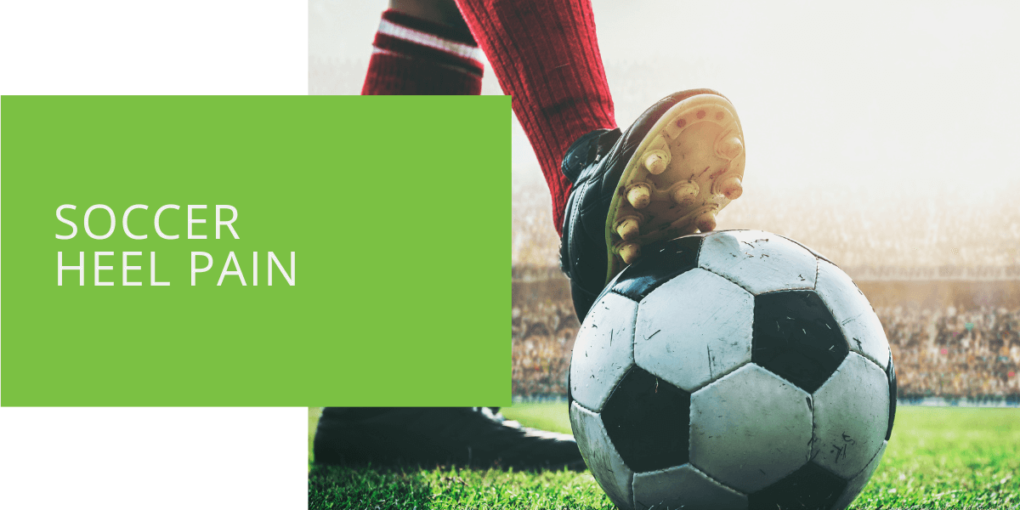Soccer Heel Pain: Causes, Symptoms & Treatment
Soccer is a popular sport people of all ages worldwide enjoy. From amateur leagues to professional clubs, soccer requires a high level of physical fitness and endurance. As with any sport, soccer players must care for their bodies, especially their feet. Heel pain is a common issue that can impact a soccer player's performance and overall enjoyment of the game. One common cause of heel pain in soccer players is plantar fasciitis, a condition that affects the plantar fascia, a band of tissue that runs along the bottom of the foot from the heel to the toes.
Causes of Soccer Heel Pain
Plantar fasciitis is often caused by overuse or strain on the plantar fascia, which can result from running and jumping. It can also be caused by poorly fitting or worn-out soccer cleats, which can put extra strain on the plantar fascia. Improper running or training techniques can also contribute to plantar fasciitis, as can weak foot muscles or imbalances in muscle strength.
Other causes of heel pain in soccer players include stress fractures, small cracks in the bone resulting from overuse, and tendonitis, which is inflammation of a tendon such as the Achilles tendon, which connects the heel to the calf muscle.

Symptoms of Soccer Heel Pain
The most obvious symptom of heel pain, including plantar fasciitis, is pain or discomfort in the heel or ankle area. This pain may be particularly noticeable when running or jumping, which puts a lot of stress on the feet. Swelling or tenderness in the heel or ankle may also be present, as well as difficulty walking or standing for long periods. A decreased range of motion in the ankle may also be a sign of heel pain.

Treatment for Soccer Heel Pain
If you are experiencing heel pain as a soccer player, it is important to take steps to alleviate the pain and allow the heel to heal. Rest and ice can help to reduce swelling and inflammation while stretching and strengthening exercises can improve flexibility and muscle balance. Wearing properly fitting soccer cleats and using orthotic inserts, if necessary, can help alleviate heel pain.
In more severe cases, seeking treatment from a healthcare professional, such as a podiatrist or physical therapist, may be necessary. Podiatrists are medical doctors who specialize in diagnosing and treating foot and ankle conditions. They can provide a thorough evaluation of the foot and ankle and recommend treatment options such as medications, physical therapy, or surgery if needed. For plantar fasciitis specifically, treatment may include stretching exercises, wearing inserts or orthotics to support the arch of the foot, and using ice to reduce inflammation.

Prevention of Soccer Heel Pain
The best way to deal with heel pain is to prevent it from occurring in the first place. Wearing properly fitted soccer cleats and replacing them regularly can help to reduce the risk of heel pain. Gradually increasing training intensity and duration can also allow the body to adapt to the demands of the sport, reducing the risk of overuse injuries.
Incorporating stretching and strengthening exercises into your training routine can help to improve muscle balance and reduce the risk of heel pain. It is also a good idea to seek professional guidance from a coach or trainer on proper running and training techniques to ensure that you use the proper form and technique.
Conclusion
Soccer heel pain, including plantar fasciitis, can be a frustrating and painful condition that impacts a player's performance and enjoyment of the game. It is important to take steps to alleviate the pain and prevent it from occurring in the first place, such as resting, icing the heel, wearing proper-fitting soccer cleats, and seeking professional treatment if needed. By taking care of your feet and following these tips, you can get back to enjoying the game of soccer without the burden of heel pain.
FAQ
What helps heel pain from soccer?
Rest and ice can help to reduce swelling and inflammation while stretching and strengthening exercises can improve flexibility and muscle balance. Wearing properly fitting soccer cleats and using orthotic inserts, if necessary, can help alleviate heel pain. In more severe cases, seeking treatment from a healthcare professional, such as a podiatrist or physical therapist, may be necessary.
Why do my soccer cleats hurt my heel?
Soccer cleats that do not fit properly can rub and irritate the heel and ankle, leading to pain and discomfort. Regularly replacing soccer cleats is important to ensure they provide proper support and cushioning for the feet.
Why does the bottom of my heel hurt after soccer?
This pain may result from plantar fasciitis, a condition that affects the plantar fascia, a band of tissue that runs along the bottom of the foot from the heel to the toes. Plantar fasciitis is often caused by overuse or strain on the plantar fascia, which can result from running and jumping. It can also be caused by poorly fitting or worn-out soccer cleats, which can put extra strain on the plantar fascia.
Why does my heel hurt after soccer?
Heel pain after soccer can have a variety of causes, including plantar fasciitis, stress fractures, and tendonitis. Identifying the cause of heel pain is important to determine the best course of treatment.
Can soccer cleats cause heel pain?
Soccer cleats that do not fit properly can cause heel pain by rubbing and irritating the heel and ankle. It is important to wear properly fitting soccer cleats to reduce the risk of heel pain.

